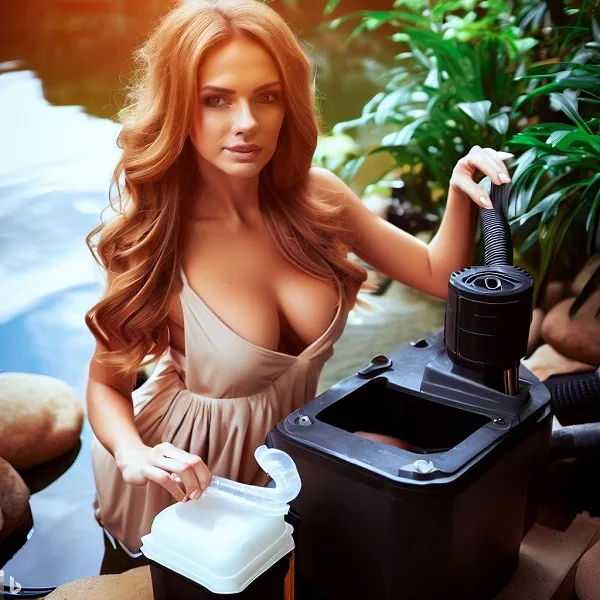
Installing a koi pond filter is an essential step to maintaining a healthy and vibrant aquatic environment for your fish. A good filter helps to remove harmful substances and waste products from the water, ensuring that your koi remain healthy and happy. In this article, we will guide you through the steps involved in installing a koi pond filter.
Step 1: Choose the right filter
The first step in installing a koi pond filter is to choose the right one. There are many different types of filters available, each with its own advantages and disadvantages. Some of the most common types of filters include mechanical, biological, and chemical filters. Mechanical filters remove debris from the water, while biological filters use bacteria to break down harmful substances. Chemical filters use activated carbon to absorb pollutants.
When choosing a filter, consider the size of your pond, the number of fish you have, and the type of filter media you prefer. It’s also important to choose a filter that is easy to maintain and clean.
Step 2: Position the filter
The next step is to position the filter in the pond. Choose a location that is easily accessible, as you will need to clean and maintain the filter regularly. The filter should also be positioned in an area where water flow is sufficient to ensure that all the water in the pond passes through the filter at least once per hour.
Step 3: Install the plumbing
Once you have positioned the filter, it’s time to install the plumbing. The plumbing consists of the inlet and outlet pipes, as well as any additional plumbing required to connect the filter to your pump or other equipment. The inlet pipe should be positioned at the bottom of the pond, while the outlet pipe should be positioned at the top.
Step 4: Connect the filter to the pump
Next, connect the filter to the pump. The pump should be positioned outside the pond, and the inlet pipe should be connected to the pump’s intake port. The outlet pipe should be connected to the filter’s outlet port.
Step 5: Add filter media
After connecting the filter to the pump, it’s time to add the filter media. The type of filter media you use will depend on the type of filter you have chosen. Some common types of filter media include sponge pads, ceramic rings, and bio-balls. Be sure to follow the manufacturer’s instructions when adding filter media to your filter.
Step 6: Test the filter
Once you have installed the filter and added the filter media, it’s time to test it. Turn on the pump and check the water flow to ensure that it is sufficient. You should also check for any leaks in the plumbing or filter housing. It’s important to make any necessary adjustments before adding fish to the pond.
In conclusion, installing a koi pond filter is an essential step in maintaining a healthy and thriving aquatic environment for your fish. By following these steps, you can ensure that your filter is installed correctly and functioning properly. Remember to clean and maintain your filter regularly to ensure that it continues to function effectively.
